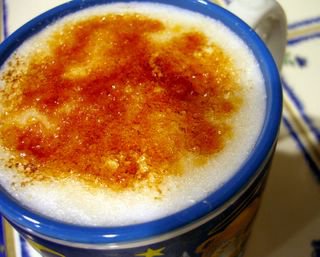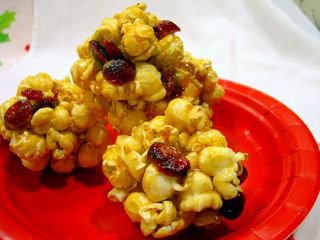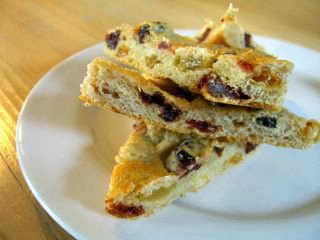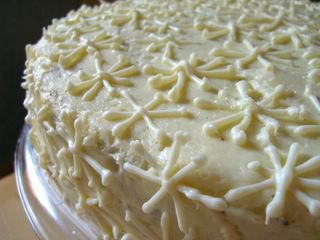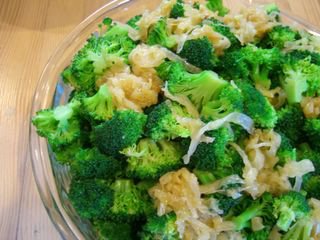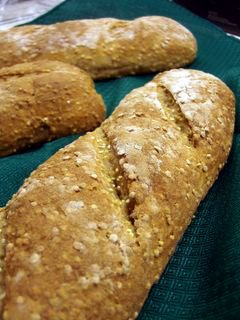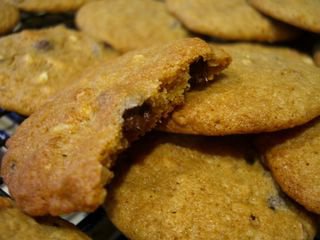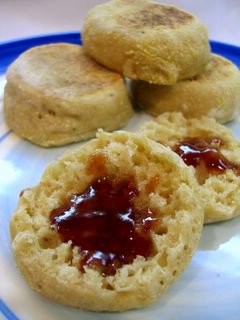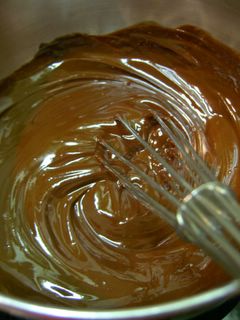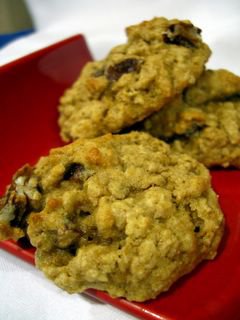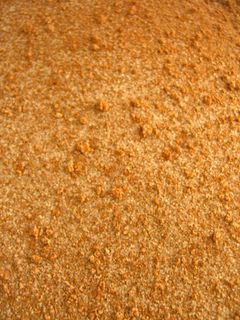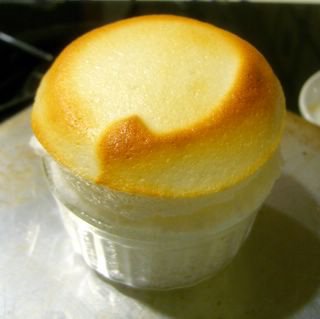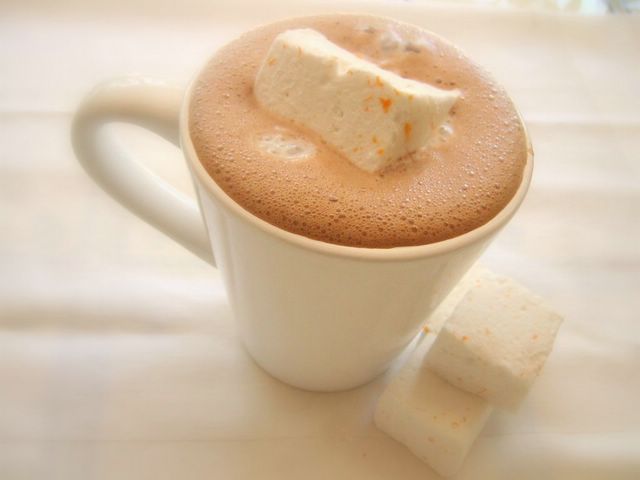Winter Spiced Coffee and Café Brulé
After seeing both Anne and Jennifer mention the idea of café brulé, I just couldn't resist giving it a try myself. The drink can be any of your ordinary, foamy, steamed milk-topped favorites and is sprinkled with a fair bit of sugar before applying a kitchen torch to caramelise it into a crème brulée look-alike. I love the idea and I loved using my kitchen torch on my coffee even more, though I would recommend scattering the sugar further over the foam than I did, let is caramelise into one sheet of sugar.
The coffee is really what is special about this drink, though. It is my recreation of Trader Joe's seasonal coffee offering, their "Wintry Blend". The whole bean coffee has whole cloves, red and green peppercorns and small pieces of cinnamon that get ground up with the beans in your coffee grinder. The resulting coffee is deliciously spicy.
Now, to make this yourself, you might have to play around with proportions. I suggest starting light on the spices and working up, since no one wants to actually taste pepper in their coffee. Once you get it down, though, the coffee is warming with a perfectly wintry smell and a hint of spicy flavor. It is nice black, with sugar and/or milk, so don't feel that it isn't worth a try if you don't have a way of steaming milk at home. If you don't grind your own beans (a practice I highly recommend), just add a dash of cloves, cinnamon and a grind or two of pepper to your coffee grounds before you brew a batch and you'll get a similar result.
The exact amount of spice you'll need depends not only on your personal tastes, but on how much coffee you brew at a time. I suggest starting with about 3 cloves, 3 or 4 peppercorns and a good sized pinch of cinnamon for 1/2 cup of beans, grinding it all in your coffee grinder and adjusting as necessary.
